If you’re a dog owner, you’ve probably found yourself talking to your furry friend as if they’re a human. Whether you’re having a bad day or just narrating your morning routine, it feels like they’re hanging on to your every word. But have you ever wondered if your dog actually gets what you’re saying? Here’s a list of signs that suggest your pup might understand you more than you think.
1. Responding To Your Tone
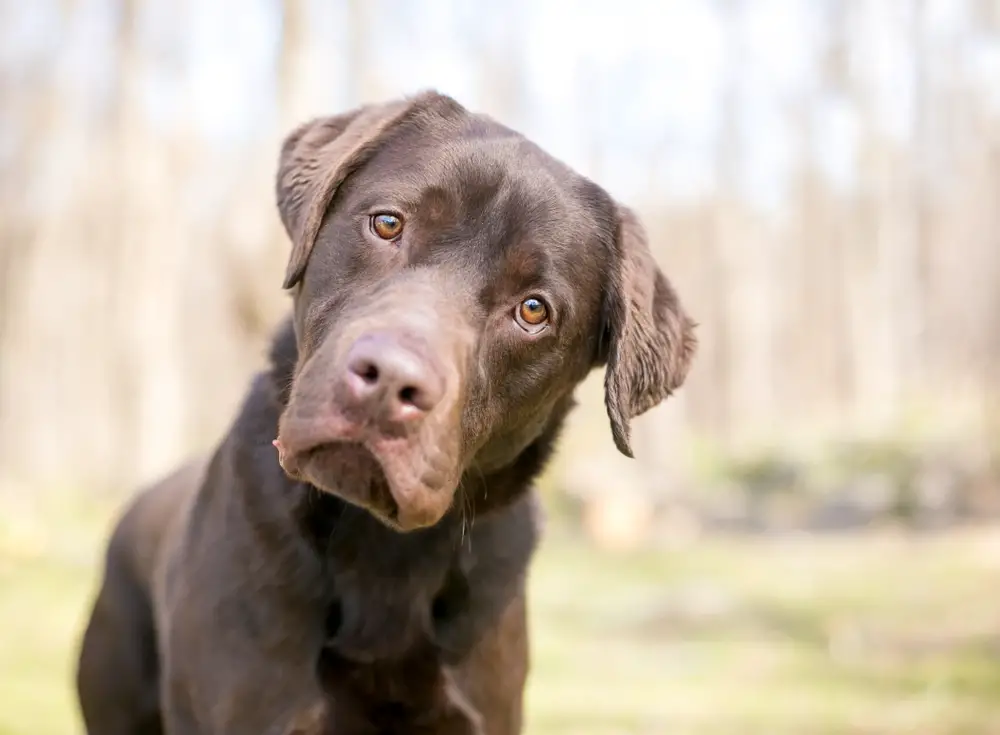
Ever noticed how your pup seems to perk up when you talk in a happy voice? Dogs are incredibly observant creatures, and they can often pick up on the tone of your voice even if they don’t understand the actual words you’re saying. Research from Dr. Julie Hecht, an expert in animal behavior, shows that dogs can sense human emotions and respond to changes in tone with corresponding emotional reactions. If your dog wags their tail when you’re cheerful or looks concerned when you’re sad, it’s because they’re attuned to the nuances in your voice. They might not catch every word, but they get the general vibe you’re putting out there.
On the flip side, if you use a stern or upset voice, your dog might cower or look guilty, even if they haven’t done anything wrong. This response isn’t just about your words but how they are delivered. It’s as if they’re reading between the lines, picking up on the emotional undertones rather than the literal meaning. Dogs have a knack for sensing tension or joy, and they seem eager to mirror your emotional state. So next time you’re chatting with your dog, pay attention to how they respond to your tone—it might just be their way of telling you they’re keyed into what you’re feeling.
2. Following Your Gaze

Does your dog look where you’re looking when you fix your eyes on something? This isn’t just coincidence—it’s a sign that your dog is trying to understand what’s capturing your attention. Dogs are unique in their ability to follow human gaze, an ability that not even our closest relatives, chimpanzees, consistently demonstrate. If your dog consistently looks in the direction you’re gazing, it’s a good indicator that they’re trying their best to understand the situation as you do. They’re not just looking; they’re trying to see the world through your eyes.
This gaze-following might also be why your dog sometimes seems to anticipate what you’re about to do. Maybe they notice you glancing at their leash, and before you know it, they’re at the door ready for a walk. Or perhaps you’re eyeing the treat jar, and suddenly there they are, sitting expectantly at your feet. Our canine companions are observant and constantly watching us for cues about what’s coming next. It’s just another way they’re tuned into us, trying to bridge the communication gap.
3. Reacting To Specific Words
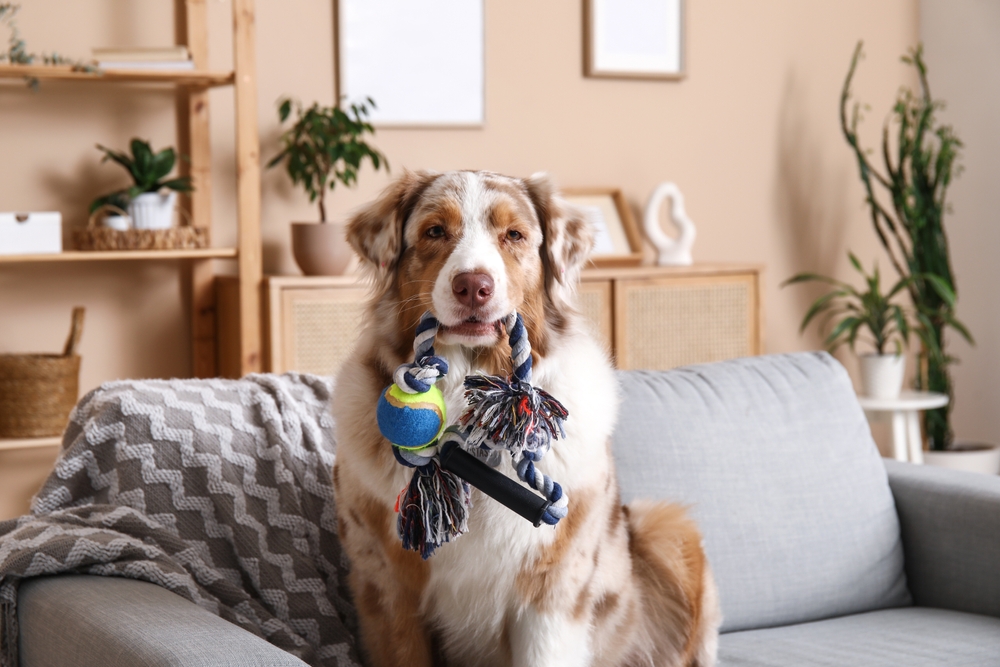
While your dog might not know the entire English dictionary, they likely know more words than you think. Words like “walk,” “treat,” or “car ride” probably trigger an excited reaction from your furry friend. A study by Dr. Stanley Coren, a renowned dog researcher, suggests that the average dog can understand about 165 words, with some even learning up to 250. If your dog runs to the door when you mention “outside” or goes straight to their food bowl when you say “dinner,” it’s a sign they’re tuning in to specific words in your vocabulary. These aren’t just random associations; they’re learned responses developed over time.
It’s fascinating to observe how quickly dogs pick up on words related to their activities or rewards. Repetition and consistency play a big role here, as dogs learn most effectively through consistent cues. So, if you’re trying to teach your dog new words, consistency is key. Over time, your dog will start to understand which sounds correspond to which actions or objects, and they’ll respond with surprising accuracy. What they lack in vocabulary range, they make up for in enthusiasm and attentiveness.
4. Mirroring Your Actions
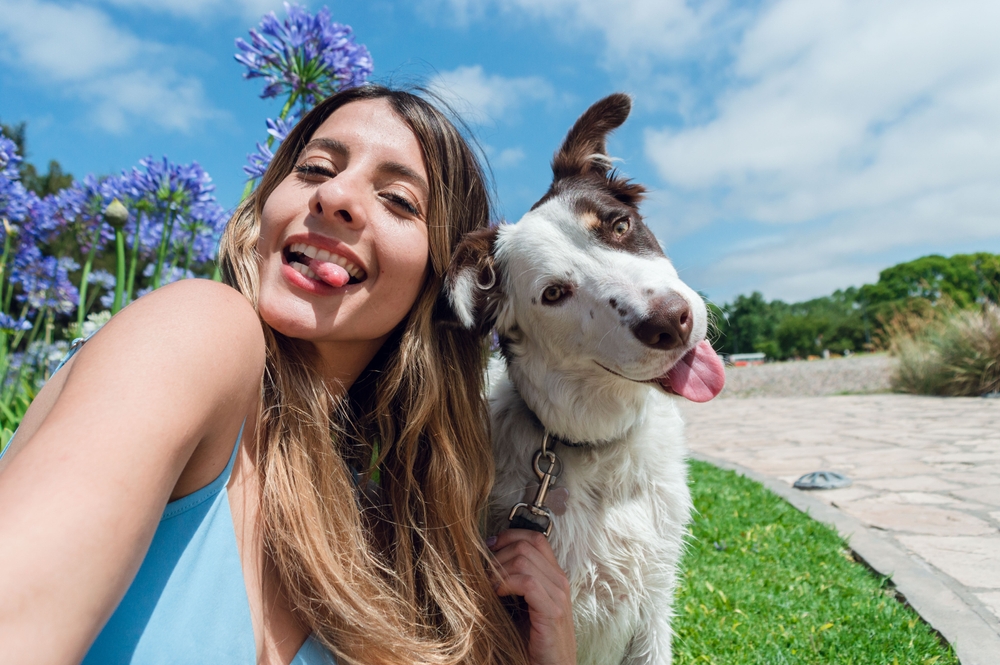
Have you ever noticed your dog mimicking your actions? If you stand up and stretch, do they do the same? This isn’t just a delightful coincidence. Dogs often mirror our behaviors as a form of social bonding. When they do this, it shows they’re paying close attention to you and are interested in aligning their actions with yours.
Dogs are social creatures, and mimicking is a way for them to engage and feel connected. It’s similar to how humans unconsciously mimic each other’s body language in conversation. If your dog mirrors your actions, it means they’re not just passively observing but actively participating in your shared environment. They’re trying to be in sync with you, and in their own way, showing empathy and understanding. This behavior makes the bond between you and your pet even stronger.
5. Offering Comfort When You’re Upset
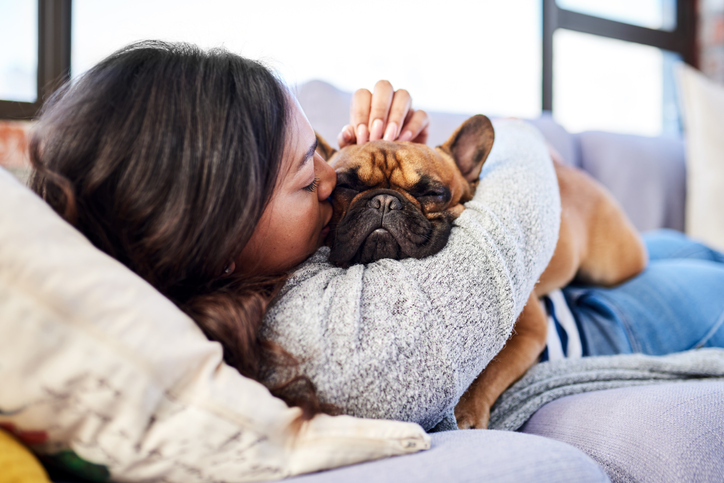
If your dog snuggles up to you when you’re feeling down, it’s a comforting sign that they might understand you more than you think. Dogs are sensitive to human emotions and often try to offer comfort in times of distress. According to Dr. Brian Hare, an expert in canine cognition, dogs have evolved alongside humans for thousands of years, developing strong empathetic skills in the process. If your dog seems to sense when you’re upset and offers a comforting presence, it’s a testament to their ability to connect with you on an emotional level. They may not comprehend the specifics of your situation, but they certainly understand something is off.
The comfort your dog provides isn’t just a coincidence; it’s a response to emotional cues. If you’ve ever cried, only to find your dog gently nuzzling you or resting their head on your lap, you’ve experienced this firsthand. Their actions are a silent acknowledgment that they’re there for you, even if they can’t solve your problems. Dogs have an innate ability to make us feel better, simply by being present. This ability to offer comfort when needed is one of the most heartwarming parts of having a dog by your side.
6. Recognizing Your Routine

Does your dog seem to know when it’s time for a walk, meal, or bedtime without you saying a word? Dogs are creatures of habit and often learn to recognize the patterns of your daily routine. They’re experts at picking up on environmental cues, like the sound of your alarm in the morning or the jingle of keys indicating you’re leaving the house. If your dog is waiting at the door right when you’re about to take them out, it’s because they’ve memorized the rhythm of your day. This recognition isn’t just a guess; it’s a learned behavior from observing your actions over time.
This knowledge of your routine helps them anticipate what’s coming next, making them feel more secure and reducing anxiety. Dogs thrive on predictability, and understanding your schedule allows them to adjust their own expectations. When your dog recognizes your routine, it’s a sign they’re paying close attention to your lifestyle. It’s their way of staying in tune with you, ensuring they’re ready for whatever comes next. This understanding promotes a smoother, more harmonious coexistence for both of you.
7. Reacting To Your Body Language
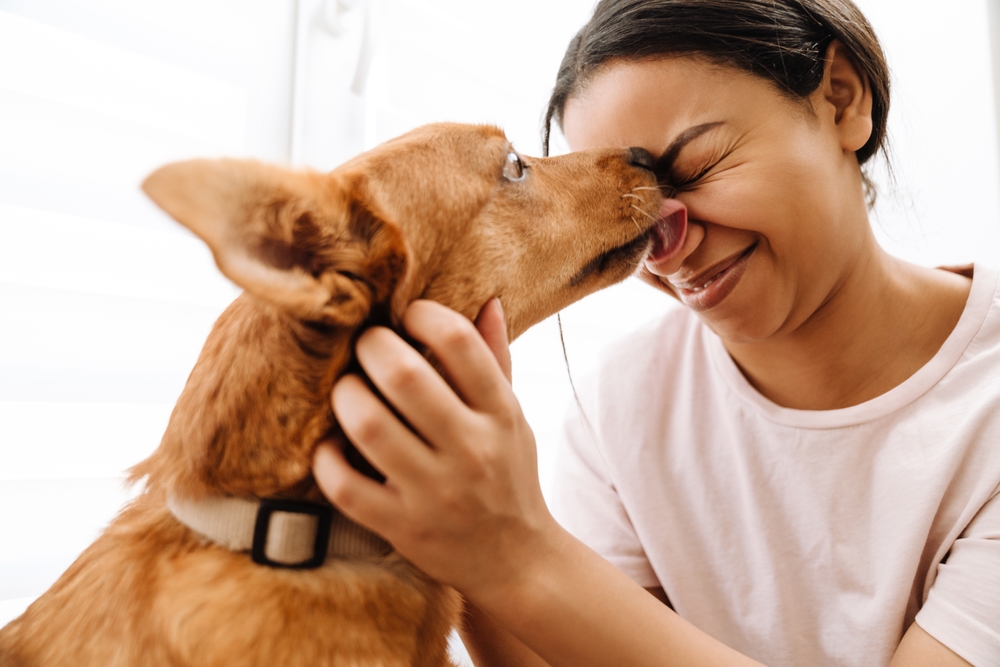
Your dog might not understand your words, but they’re probably reading your body language like an open book. Dogs are incredibly intuitive when it comes to non-verbal cues, often reacting to your gestures and posture. Research conducted by Dr. Patricia McConnell, an expert in animal behavior, highlights that dogs pay attention to human body language and can interpret various movements and signals. If you lean in to give them a hug, they might wag their tail in anticipation, or if you stand with your arms crossed, they might sense you’re not in the mood for play. These subtle cues help them gauge how to respond in different situations.
Body language is a crucial component of how dogs communicate with us and each other. They might watch your hand movements to anticipate a game of fetch or look at your feet to see if you’re about to head to the kitchen. By reacting to these signals, dogs demonstrate their ability to connect with us on a deeper level, beyond just verbal communication. So next time you’re interacting with your pup, remember they’re reading far more than your words; they’re interpreting the way you move and the silent messages you’re sending. It’s their way of understanding and engaging with you in their unique language.
8. Sensing Your Arrival
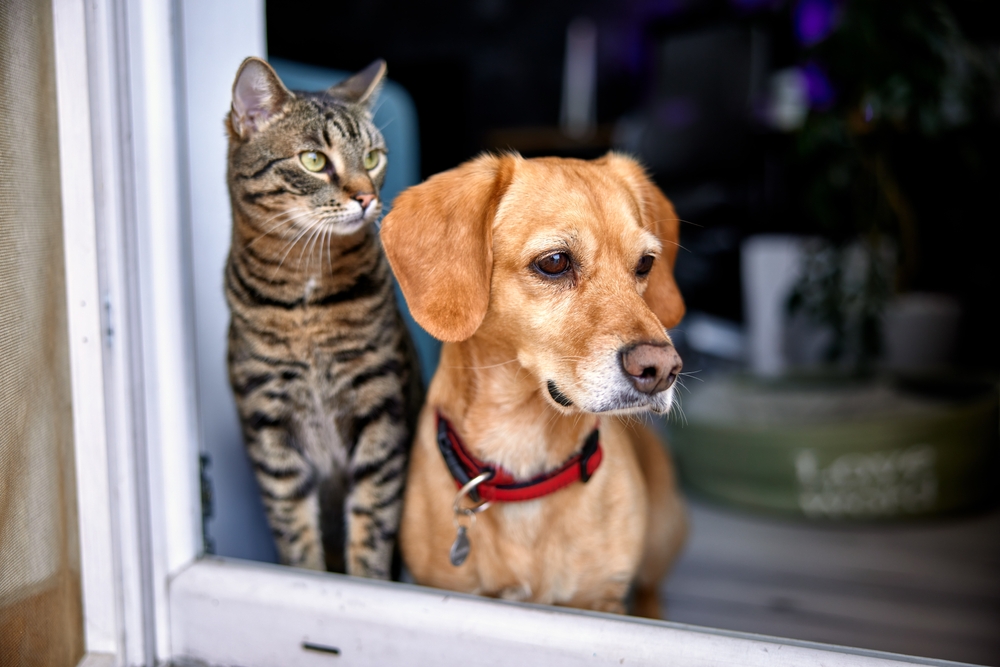
Dogs have an incredible sense of smell and hearing, which allows them to detect your presence from a distance. They might hear the sound of your car engine or recognize your footsteps approaching, even when you’re still a block away. This heightened sense of awareness is a testament to their strong connection with you and their environment. It’s almost as if they have a sixth sense that tells them you’re near, getting them excited before you even step inside.
This ability isn’t just about hearing or smell; it’s also about the bond you’ve built with your dog. Your return is an anticipated part of their day, something they look forward to as a highlight. When your dog greets you enthusiastically at the door, it’s a reflection of the joy and comfort your presence brings them. This happy reunion is one of the many small ways dogs show their understanding and appreciation of the people they love. It’s a reminder of the unwavering loyalty and affection they hold for you, making every day a little brighter.
9. Recognizing Other Animals And People

When your dog reacts differently to various animals and people, it might seem like they have their own set of social preferences. They can often distinguish between familiar faces and strangers, reacting with excitement to some and caution to others. This ability to recognize and categorize individuals shows that your dog has a keen understanding of their social environment. They’re not just observing; they’re processing information and adapting their behavior accordingly.
This ability to discriminate suggests that dogs have a sophisticated perception of their world. They know who belongs to their ‘pack’ and who doesn’t, and they adjust their responses based on past experiences. Maybe they happily greet the mail carrier who gives them treats, but growl at a stranger who approaches too quickly. Dogs are constantly assessing and learning from their interactions, shaping their responses to fit different contexts. This recognition is part of what makes them such attentive and intelligent companions.
10. Picking Up On Your Habits
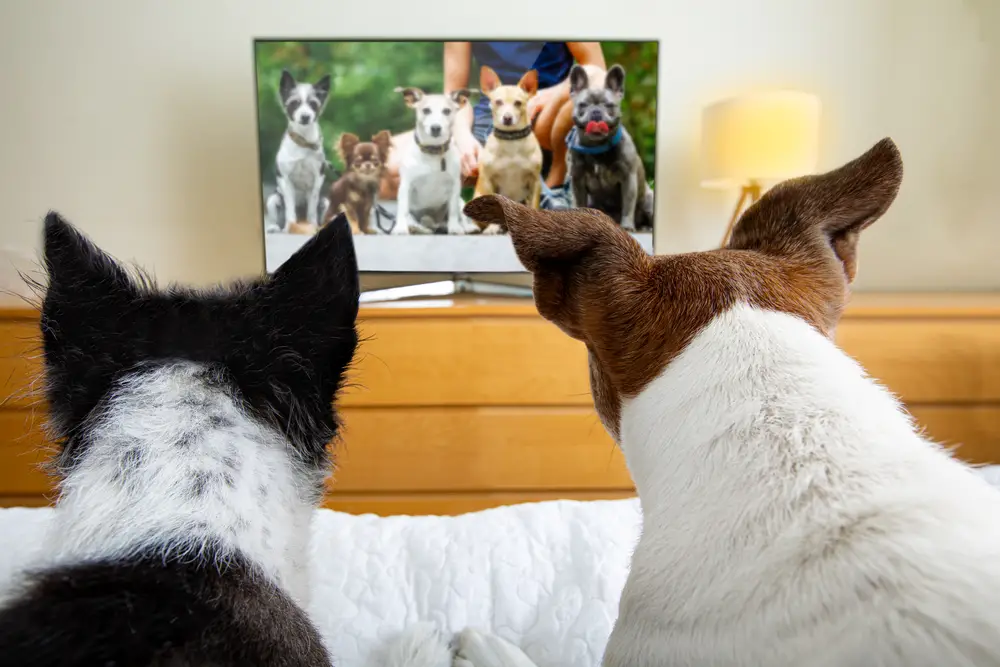
Does your dog seem to know when it’s time to play or when you’re settling in to watch TV? They’re likely picking up on your habits and routines, understanding the rhythm of your day. Dogs are observant creatures, and they quickly learn to associate specific actions with certain outcomes. If they see you grab the remote, they might anticipate some couch time, or if you put on sneakers, they know a walk is on the horizon. This keen awareness of your habits shows just how closely they’re tuned into your daily life.
Dogs want to be a part of your world, and learning your habits is a way for them to do just that. They’re not just watching—they’re actively interpreting your actions, trying to predict what’s coming next. This behavior makes them excellent companions, as they often know just what to expect and when. It’s a testament to their intelligence and their desire to connect with you on more than just a superficial level. By picking up on your habits, dogs demonstrate their understanding and their commitment to being by your side, whatever the day brings.
11. Showing Empathy To Your Emotions
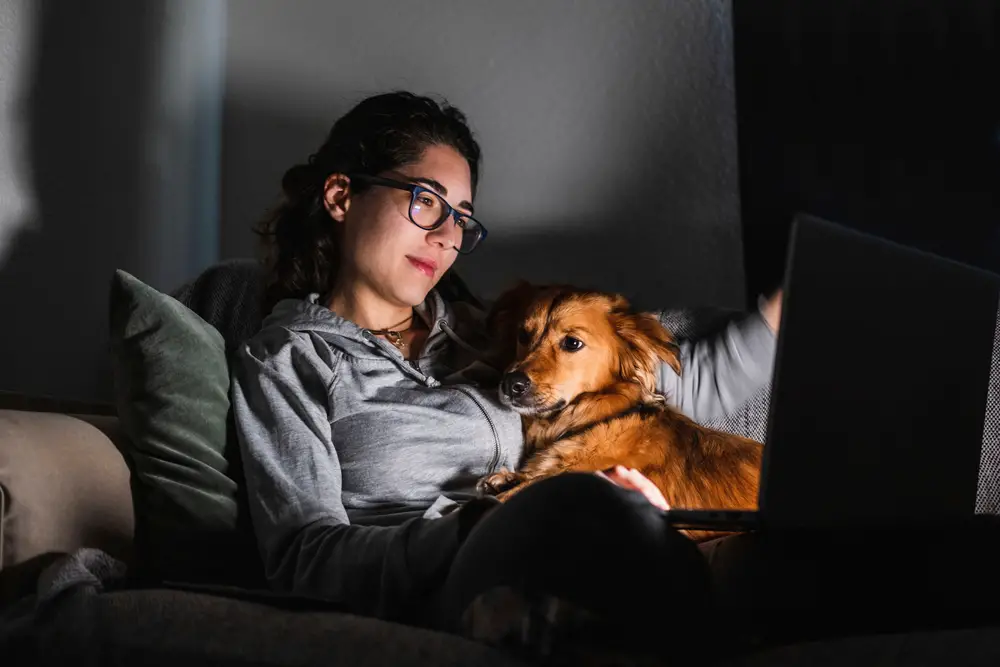
Have you ever noticed your dog acting differently when you’re upset or stressed? They may not understand the specific reasons behind your emotions, but they seem to sense when something is off. Dogs are incredibly empathetic creatures, often responding to your emotional state with comforting behaviors. They might snuggle closer when you’re sad or try to playfully distract you when you’re feeling anxious. This empathy is part of what makes the bond between humans and dogs so special.
Dogs’ empathy comes from their ability to read human emotional cues and respond in ways that are comforting and supportive. They don’t need to know all the details to offer a kind presence. By tuning into your emotions, they show a level of understanding that can be both surprising and comforting. Next time you’re feeling blue, pay attention to how your dog responds. Their actions might just be their way of offering a furry hug and letting you know you’re not alone.
12. Understanding Commands Beyond Words
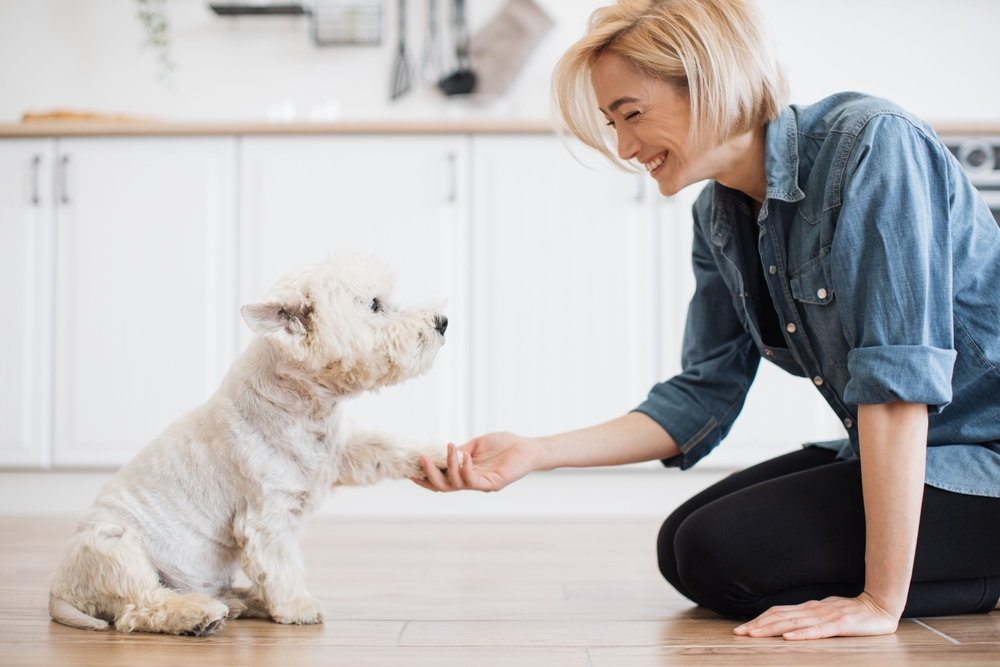
Dogs can learn to follow commands through more than just verbal instructions. If you’ve ever used hand signals with your dog, you know how responsive they can be to gestures. This ability to understand non-verbal cues is a sign of their intelligence and adaptability. Dogs can often learn to associate certain movements with specific actions, reacting accordingly even without verbal prompts. This shows that they’re processing information in a way that goes beyond just listening.
Training sessions that incorporate both verbal and non-verbal cues can strengthen your dog’s understanding and responsiveness. It’s a fun way to engage with them while building their skill set. Your dog’s ability to follow commands through gestures demonstrates their attention to detail and their eagerness to please. It also highlights the deep level of communication you can achieve with your pet through consistent practice and interaction. This adaptability makes training a rewarding experience for both you and your furry friend.
13. Seeking Your Approval

If you catch your dog glancing at you to see how you react to their behavior, this isn’t just a random act. It’s a sign your dog values your opinion and approval. Dogs are social animals, and they naturally seek validation from their pack leader, which in this case is you. When they look at you after performing a trick or behaving well, it’s their way of saying, “Did I do it right?” This behavior shows that they’re not only attentive but also eager to maintain a positive relationship with you.
Your reaction can reinforce their actions, encouraging them to repeat behaviors that earn them praise or rewards. This dynamic helps build trust and a stronger bond between you and your dog. Their desire for your approval highlights the mutual respect and affection that underpins your relationship. It’s heartwarming to see how much they care about your opinion, making every wag of the tail or nuzzle even more meaningful. Through seeking your approval, dogs reinforce the unique connection shared with their humans, one filled with love and mutual understanding.
